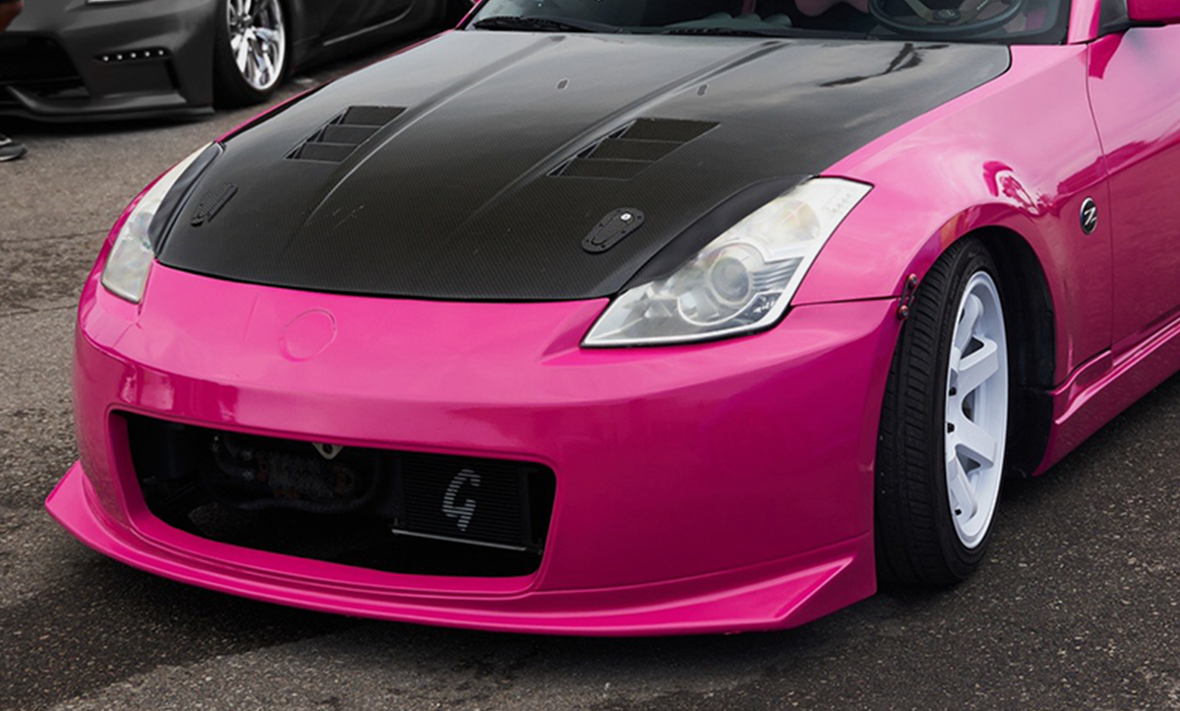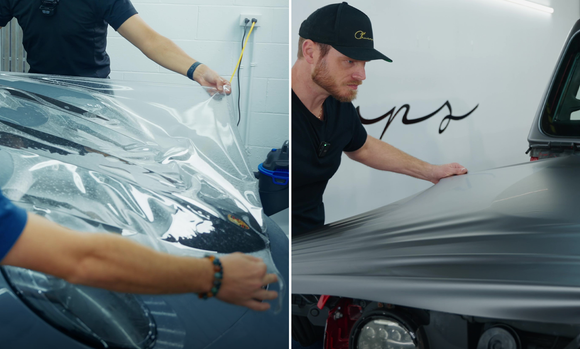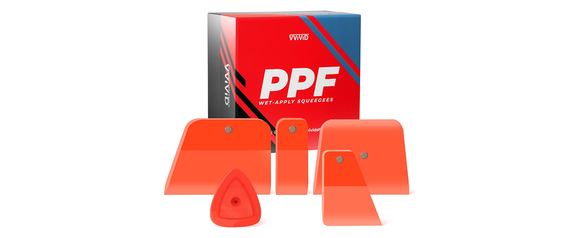
A Guide On When And How You Can Repair Vinyl Wrap
When to Repair Vinyl Wrap
- Small Scratches and Scuffs: Minor surface damage that hasn't penetrated through the vinyl can often be repaired.
- Peeling Edges or Corners: If the vinyl wrap is starting to lift at the edges or corners, it can be re-adhered if the underlying surface is clean and intact.
- Fading or Discoloration: In some cases, fading or discoloration can be improved, especially if it's due to surface residue.
- Air Bubbles: Small air bubbles can sometimes be fixed by puncturing and smoothing them out.
When Not to Repair
- Deep Cuts or Tears: If the vinyl is significantly torn or cut, a repair might not be feasible, and replacing the section is usually a better option.
- Large Areas of Damage: When a large portion of the wrap is damaged, it's often more cost-effective and visually appealing to replace it.
- Old or Brittle Vinyl: Vinyl that has become brittle or overly aged may not respond well to repair attempts.
How to Repair Vinyl Wrap
For Scratches and Scuffs:
- Clean the area thoroughly.
- Use a heat gun to gently warm the area, which can help the vinyl regain its original texture.
- Apply a vinyl wrap conditioner or polish to restore shine.
For Peeling Edges:
- Clean the area with isopropyl alcohol.
- Carefully lift the edge and clean the adhesive with a 50/50 water to isopropyl alcohol mixture and allow to dry. Then use an adhesive primer and apply with heat. IF peeling continues, apply a high-quality adhesive designed for vinyl wraps. Edge sealing adhesive is a last resort to re-wrapping a panel and should not be used during initial installation.
For Air Bubbles:
- Use a fine needle to puncture the bubble.
- Press the air out gently towards the hole.
- Apply heat with a heat gun and smooth it out with a squeegee.
For Fading or Discoloration:
- IF a surface is contaminated, marred or slightly discolored, you can try the following before resorting to re-wrapping the panel.
- Clean the wrap thoroughly with a vinyl-safe cleaner and try to rub out the contaminants on the surface with a microfiber cloth.
- Apply a vinyl-safe polymer-based vinyl sealant to rejuvenate the color and shine. ( vvivid shield is specifically made to rehydrate discolored vinyl. )
- If vinyl is finished in gloss - you can attempt a polish. It is critical to keep the surface to polish well lubricated as the process can build up heat and permanently damage the film.
Tips
- Always clean the area with a proper cleaning solution before attempting repairs.
- Be cautious with heat guns, as excessive heat can damage the vinyl.
- When in doubt, consult a professional, especially for larger or more complex repairs.


